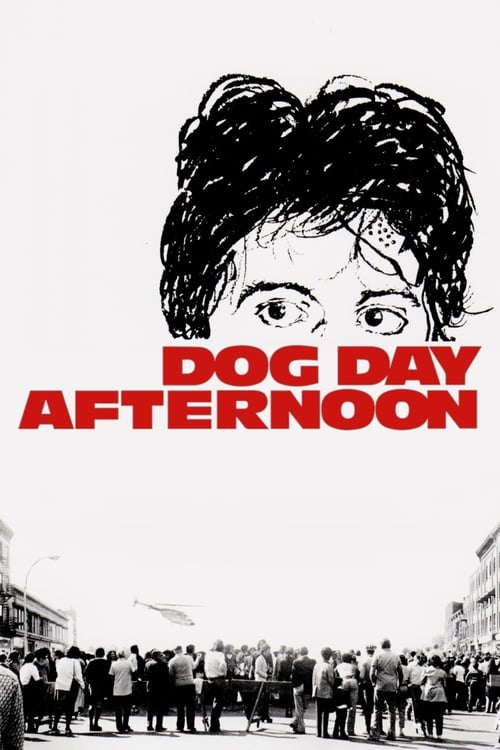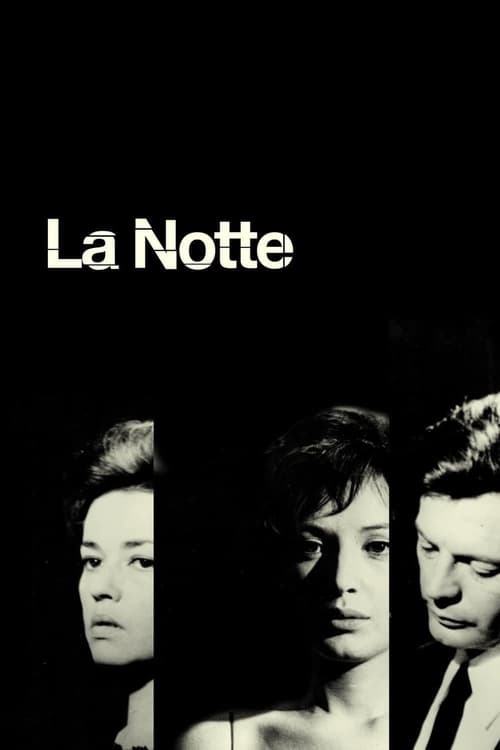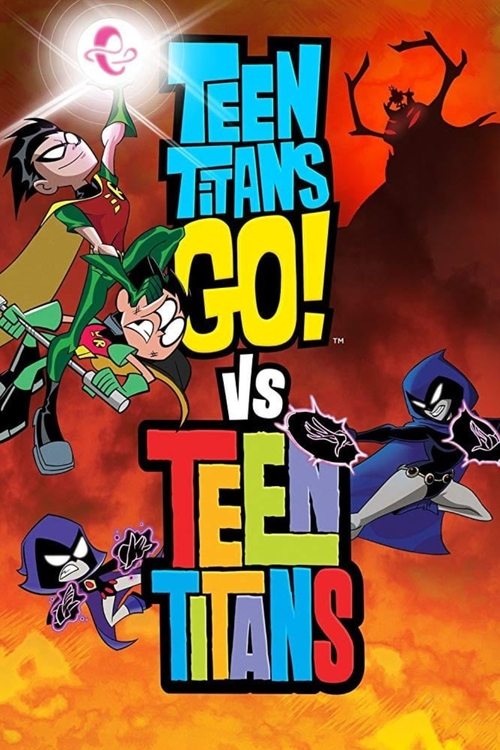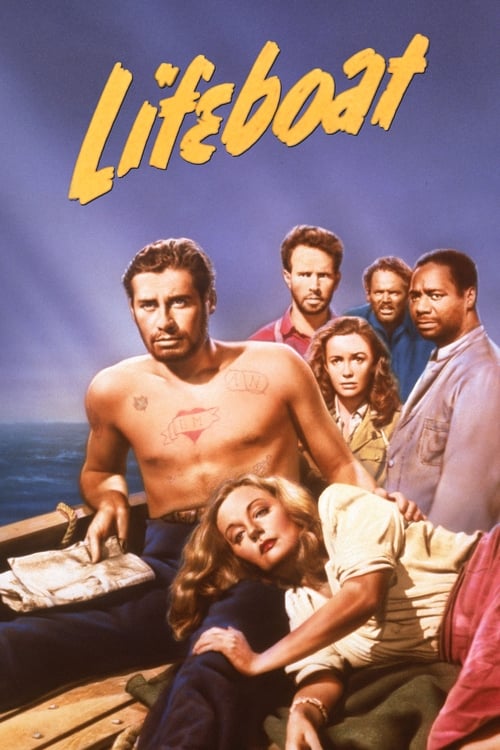
Dog Day Afternoon
Based on the true story of would-be Brooklyn bank robbers John Wojtowicz and Salvatore Naturile. Sonny and Sal attempt a bank heist which quickly turns sour and escalates into a hostage situation and stand-off with the police. As Sonny's motives for the robbery are slowly revealed and things become more complicated, the heist turns into a media circus.
Dialogues from Movie Dog Day Afternoon
Quotes from Movie Dog Day Afternoon
Sound Tracks from Dog Day Afternoon by Milton Nascimento
Amore
Amore by The Turtles, Played during the opening scenes and establishes the mood
Luke's Theme
Luke's Theme by Marty Balin, Plays during emotional moments throughout the film
Shooting Star
Shooting Star by Bad Company, Played during intense scenes
Download App
Memorable Scenes from Movie Dog Day Afternoon
The Bank Heist Begins
The film opens with Sonny Wortzik and his partner, Sal, nervously preparing to rob a bank. As they enter, the tension is palpable. The calm facade of the bank quickly shatters when Sonny yells for everyone to get down. The patrons, shocked and terrified, comply. This scene sets the stage for the chaos and desperation that follows.
Context: This moment establishes the film's central conflict and the main characters' motivations. Sonny is desperate for money to fund a gender reassignment surgery for his partner, which showcases his emotional stakes.
The Hostage Situation
The police arrive, and negotiations begin. Sonny, feeling the pressure, takes several bank customers hostage. The situation escalates as news cameras arrive, broadcasting the event live. The pivotal moment occurs when Sonny realizes the media is watching, and he plays to the crowd, showing his desperate plea for understanding.
Context: This moment highlights Sonny’s tumultuous emotions as he balances the hostage scenario while expressing his true feelings. It underscores the theme of desperation in the face of societal expectations.
The Face-to-Face with the Police
Sonny steps outside the bank to speak directly to the police. As the crowd cheers him on, he delivers a powerful speech about love and loyalty. This moment of connection personally exposes Sonny's vulnerability and casts him as both a villain and a sympathetic figure.
Context: By speaking directly to the police and the crowd outside, Sonny reveals his human side, inviting viewers to empathize with his situation and understand the broader societal themes.
Sal's Breaking Point
Sal begins to lose his composure as the situation drags on. In a tense interaction with a hostage, he nearly breaks down. His frustration and fear mirror Sonny's struggle, revealing the complexity of their partnership and the strain of the standoff.
Context: Sal's emotional turmoil reflects the mounting tension within the bank. His reaction reinforces that desperation can drive people to extremes, deepening the film's exploration of human psychology.
Sonny's Emotional Confession
In a tender moment, Sonny confides in a hostage about his true reasons for robbing the bank. He shares the pain of having to do this for his partner’s surgery, showcasing his vulnerability and love. This powerful confession shifts the tone of the film toward empathy.
Context: The revelation of Sonny’s motivations makes the audience reevaluate their perceptions of him. It connects the heist to larger themes of love and identity, pulling viewers into the emotional core of the story.
The Outside World Reacts
As the standoff continues, the crowd outside grows, showing a mixture of support and hostility toward Sonny. He begins to see himself as a sort of folk hero. This pivotal moment illustrates how public perception can shape personal identity.
Context: Sonny's shift from criminal to a misunderstood figure highlights the media's influence on people's perceptions, which resonates with societal issues concerning identity and acceptance.
An Unexpected Twist
The arrival of a father of one of the hostages brings tension to the scene. He confronts Sonny, revealing the emotional stakes for everyone involved. The moment forces Sonny to confront the reality of his actions and the unintended consequences they have caused.
Context: This interaction brings home the idea that crime can have ripple effects on innocent lives, adding depth to the exploration of morality throughout the film.
The Police Negotiations
The police chief attempts to negotiate with Sonny over a megaphone. Sonny's responses are sharp, laced with humor and despair. The back-and-forth escalates as the police seem to underplay the urgency of the situation.
Context: The negotiation scenes underpin the themes of desperation and authority. Sonny's snappy retorts reflect both his wit and his awareness of the power dynamics at play.
Sonny's Moment of Realization
As time passes without resolution, Sonny starts to comprehend the futility of his situation. His demeanor changes from bravado to despair, culminating in a heartfelt scene where he realizes he may not be able to escape.
Context: This moment marks a significant turning point in Sonny's character arc—his recognition of the reality of life’s unpredictability reinforces the film’s exploration of choices and consequences.
Emotional Connections with the Hostages
Sonny forms genuine connections with some of the hostages, sharing personal stories and laughter. The cinematic choice to focus on these quieter moments contrasts sharply with the chaos outside, allowing for more profound character development.
Context: By exploring these connections, the film delves into the humanity of both hostages and perpetrators, challenging the audience's preconceived notions of who deserves compassion.
The Tragic Ending
The climax unfolds when Sonny reluctantly agrees to let the hostages go in exchange for safe passage. The heartbreaking moment arrives when he realizes that he is utterly trapped, leading to a shocking and tragic conclusion.
Context: The culmination of the heist ends in a bleak reality for Sonny, emphasizing the heavy themes of hopelessness and love lost while punishing him for his choices.
Sonny and Sal's Final Interaction
Finally, as chaos ensues, Sal is shot, and Sonny is left to witness the end of their shared journey. This painful moment encapsulates the bond they formed, revealing the price of their decisions.
Context: The impact of their last moments together shows how deep relationships can bring both joy and pain, further threading the complexity of human connection throughout the narrative.
The Aftermath Interviews
In the aftermath, interviews reveal how people viewed Sonny differently after the events. Some see him as a delusional lover, while others find the tragic aspect of his love admirable. This narrative reveals the complexities of legacy.
Context: These interviews allow the audience to see how the public can oscillate between admiration and scorn, offering commentary on how society grapples with marginalized voices.
Sonny's Arrest
In the film's climax, as Sonny is arrested, there is an incredible sense of loss. The camera lingers on his pained expression, capturing the mix of regret and defiance. This moment reaffirms the tragic trajectory of his choices.
Context: Sonny’s arrest serves as a powerful conclusion to his struggle for love and acceptance, symbolizing the harsh reality marginalized individuals face.
The Press Conference
After the heist, a press conference showcases the police's version of events while glossing over the emotional nuances. The viewing audience witnesses how media shapes narratives, thereby commenting on the perceived heroism or villainy.
Context: This moment underlines the significance of storytelling, particularly how external authorities frame individuals and actions in a way that seldom reflects the truth.
Sonny’s Last Stand
As Sonny is cornered and out of options, he has a final moment of defiance, crying out in frustration and desperation. This climactic scene is brought to life with stunning visuals, as the chaotic sounds of the outside world envelop him.
Context: This final confrontation symbolizes the depths of his struggle, merging personal and societal issues, ultimately encapsulating the film’s core themes.
Emergence of Compassion
Throughout the siege, some of the hostages begin to feel sympathy for Sonny, challenging their preconceived notions of danger and heroism. This shift is significant as it blends tension with understanding.
Context: The evolution of feelings among the hostages reflects how empathy can emerge even in dire situations, a crucial element in exploring the themes of love and sacrifice.
Sonny's Vulnerability
During a pivotal moment, Sonny emotionally breaks down on live television, confessing his love and struggles. This heart-wrenching scene significantly changes how the public perceives him.
Context: This scene is a critical moment for the audience's emotional connection to Sonny, showcasing vulnerability that transcends his criminal actions and creates an empathetic perspective.
Sal's Reaction to the Hostages
When Sal confronts a hostage with anger, the tension reaches a boiling point. Sonny’s attempt to calm Sal down speaks volumes about the fragile dynamic they share.
Context: This scene reveals the layers of relationship between the two, where fear and loyalty collide, shining light on how criminality can strain deep connections and friendships.
The Hostage’s Humanity
One hostage begins to sympathize with Sonny, sharing their own trials and tribulations, creating a moment of profound human connection. This emotional exchange softens the narrative, shifting from fear to compassion.
Context: The moment reflects the film's core theme—finding understanding and humanity in unlikely situations, impacting how the story unfolds.
The Pivotal Rescue Plan
In a daring twist, the police develop a rescue plan involving storming the bank. The moment raises the stakes significantly, filled with suspense as Sonny becomes increasingly aware of the impending danger.
Context: The tension ramps up, reminding viewers of the dire consequences of desperation as both sides race against time amidst miscommunication.
Sonny’s Last Hope
In a moment of possible escape, Sonny hesitates, realizing he can't run away from the emotional weight of his choices. This internal conflict showcases the gravity of his situation.
Context: This pivotal moment deepens Sonny’s character, illustrating how even in criminality, the emotional burden is heavy and complex.
Download App






